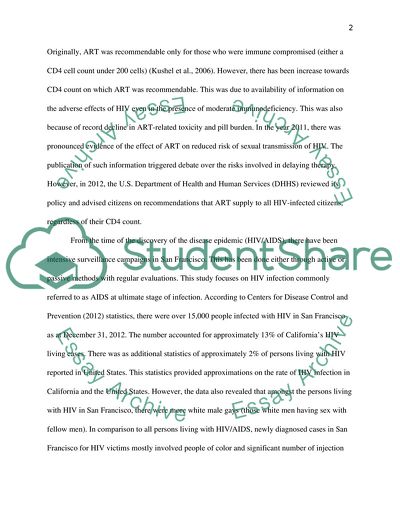Cite this document
(“H.I.V in the Homeless in San Francisco, CA Essay”, n.d.)
H.I.V in the Homeless in San Francisco, CA Essay. Retrieved from https://studentshare.org/nursing/1651304-hiv-in-the-homeless-in-san-francisco-ca
H.I.V in the Homeless in San Francisco, CA Essay. Retrieved from https://studentshare.org/nursing/1651304-hiv-in-the-homeless-in-san-francisco-ca
(H.I.V in the Homeless in San Francisco, CA Essay)
H.I.V in the Homeless in San Francisco, CA Essay. https://studentshare.org/nursing/1651304-hiv-in-the-homeless-in-san-francisco-ca.
H.I.V in the Homeless in San Francisco, CA Essay. https://studentshare.org/nursing/1651304-hiv-in-the-homeless-in-san-francisco-ca.
“H.I.V in the Homeless in San Francisco, CA Essay”, n.d. https://studentshare.org/nursing/1651304-hiv-in-the-homeless-in-san-francisco-ca.


